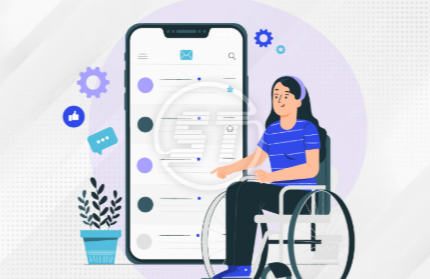Accessibility in Tech: Designing for Everyone
Accessibility in technology remains a crucial aspect of creating digital spaces that welcome everyone. It encompasses the design choices that allow users with disabilities to navigate and interact effectively. By embracing inclusive design principles, organizations can enhance the experience for all individuals. This commitment not only promotes equal access but also drives innovation. As the conversation evolves, it becomes essential to explore how these practices can be effectively implemented across various platforms and applications.
Understanding the Importance of Accessibility in Technology
Although technology has the potential to enhance the lives of many, its benefits remain out of reach for individuals with disabilities if accessibility is not prioritized.
Assistive technologies can transform user experience, yet their effectiveness hinges on inclusive design.
When developers embrace accessibility, they foster an environment where everyone can thrive, ultimately championing freedom, independence, and equal opportunity for all users, regardless of their abilities.
Read more: The Pros and Cons of Smart Cities
Key Principles of Inclusive Design
When inclusive design is prioritized, it ensures that products and services cater to the diverse needs of all users, particularly those with disabilities.
Key principles include user-centered design, which emphasizes understanding user experiences, and diverse user testing, which gathers insights from a wide range of individuals.
Benefits of Accessibility for All Users
Prioritizing accessibility in technology not only benefits individuals with disabilities but enhances the overall user experience for everyone.
By fostering an inclusive environment, companies can improve user satisfaction, as accessible design often leads to intuitive interfaces.
When technology serves diverse needs, it empowers all users, promoting a sense of freedom and equality, ultimately creating a richer, more engaging interaction with digital products.
Conclusion
In conclusion, prioritizing accessibility in technology is vital for fostering an inclusive digital landscape that benefits all users. For example, a hypothetical case study of a mobile app developer implementing voice navigation features demonstrates how attention to diverse user needs can enhance usability for visually impaired individuals. By embracing such inclusive design principles, companies not only elevate user satisfaction and brand reputation but also contribute to a more equitable society where everyone can thrive.






